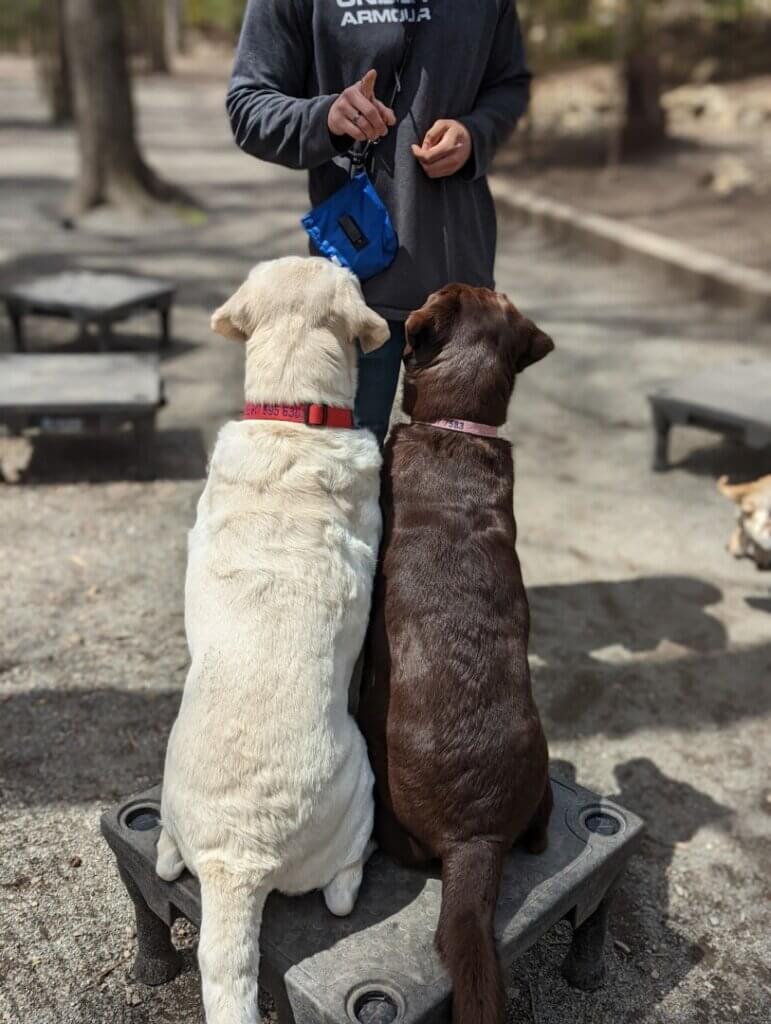Operant Conditioning – What Does it Mean?
Operant conditioning is a term coined by the American behaviorist B.F. Skinner. Skinner believed that external consequences are the primary factors that shape human behavior. Through experiencing positive or negative consequences for our behaviors, there is a corresponding increase or decrease in the likelihood of those same behaviors occurring in the future.
There are two key concepts in operant conditioning that are important to understand:
-The first concept relates to the goal of the consequence – Are we providing a reward (i.e. reinforcement) to increase the likelihood of a behavior, or a punishment to decrease the likelihood of a behavior?
-The second concept relates to the nature of the stimulus – Are we providing a “positive” stimulus (i.e. adding something) or a “negative” stimulus (i.e. taking something away)?
Since there are two types of consequences (reinforcement and punishment) and two kinds of stimuli (positive and negative), we can describe a total of four behavior consequence relations: positive and negative punishment, and positive and negative reinforcement.
Here are some examples of positive and negative punishment, and positive and negative reinforcement as they apply to dog training:
Positive Reinforcement
Presenting something your dog wants/values (e.g. treat, attention, toy, etc) to strengthen a behavior
Example: I am teaching my dog how to roll over, and when he successfully does, I give him a high value cheese treat. The giving of cheese is a “positive reinforcer” to encourage the behavior or rolling over.
Negative Reinforcement
Removing something your dog does not want/finds aversive (e.g. removing leash pressure to strengthen a behavior)
Example: My dog is lagging behind during a heel command applying pressure to the leash/collar. When my dog catches up, the pressure is released. The removing of leash pressure is a negative reinforcer.
Positive Punishment
Presenting an aversive/unpleasant stimulus (e.g. leash check) to weaken/stop a behavior
Example: I am teaching my dog how to stay while up on a platform. When my dog steps off the platform, I preform a leash check to weaken the behavior of stepping off the platform. The adding of the leash check is a “positive” punishment.
Negative Punishment
Taking away a desirable stimulus (e.g. toy, play, attention) to weaken/stop a behavior
Example: I am playing with my puppy when she begins to mouth and bite at my hands. I immediately stop playing and giving attention to my puppy to weaken the mouthing behavior. The removal of my attention/play is a “negative” punishment.
By understanding the terminology behind “negative” or “positive” punishers and reinforcers, we can develop a deeper understanding of the concepts at work as we train and learn with our dogs!


Leave a Comment